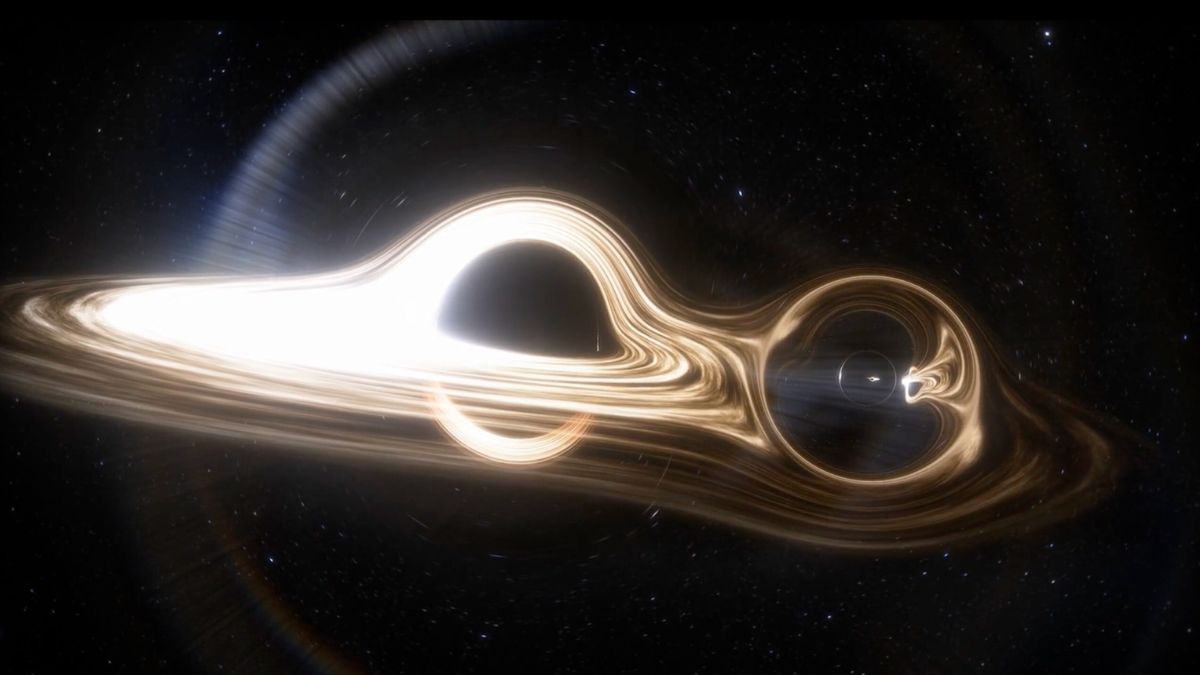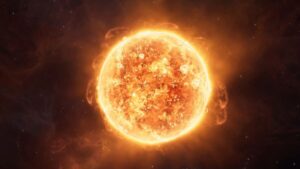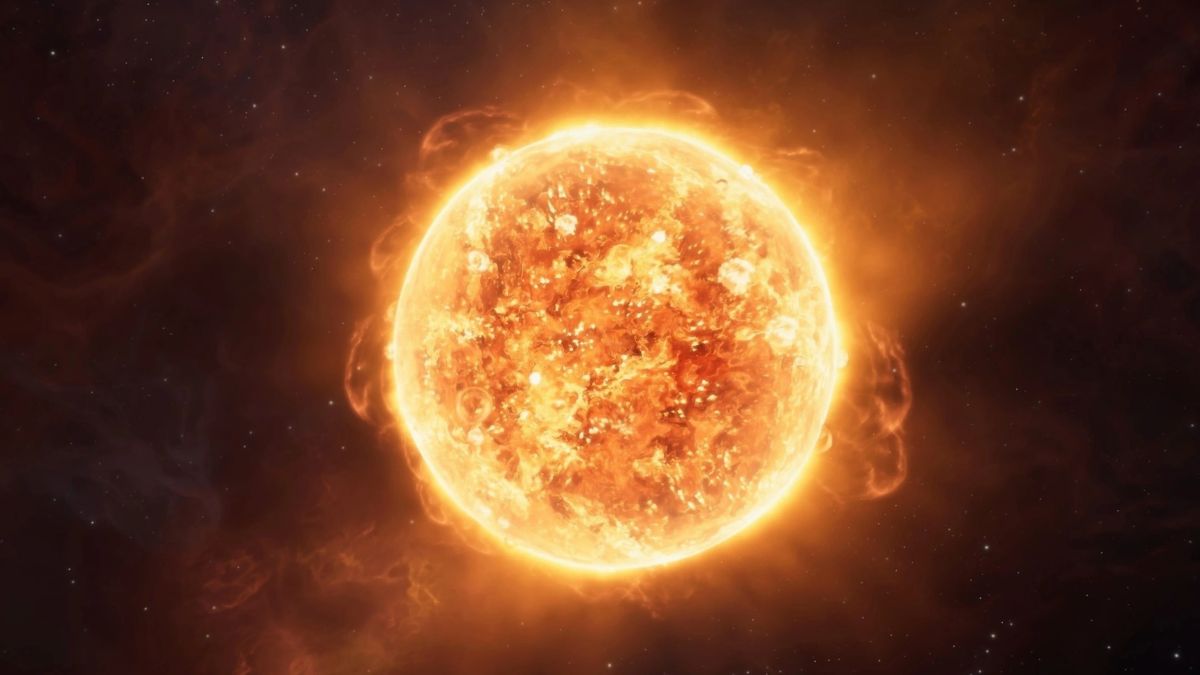For years, black holes have been viewed as mysterious, powerful, but relatively predictable objects. We knew how they formed, what they did when they collided, and how they released energy through gravitational waves. But in late 2023, something happened that threw all of that out the window. A cosmic event named GW231123 turned out to be so massive and so unusual that it’s forcing scientists to rethink everything they thought they knew about the universe.
Mergers
Let’s start with the basics. Black holes aren’t actual holes—they’re regions in space where gravity is so intense that nothing, not even light, can escape. When two black holes spiral toward each other and eventually merge, they release a mind-blowing amount of energy. But they don’t do it through light or heat. Instead, they send out gravitational waves—tiny ripples in space-time that spread through the universe like waves across water.
These ripples are so small that they stretch and squeeze space by less than a thousandth the width of a proton. But even with their tiny size, observatories like LIGO, Virgo, and KAGRA are able to detect them using lasers so precise, it borders on science fiction.
Discovery
In November 2023, those observatories picked up the signal from an event labeled GW231123. At first, it seemed like another black hole collision. But then scientists began looking at the details, and their jaws dropped.
The two black holes involved were massive. One had 100 times the mass of our Sun. The other? An even larger 140 solar masses. When they collided, they formed a single black hole weighing in at an incredible 225 solar masses. That made it the largest black hole ever detected from a merger—almost twice the size of the previous record holder.
And that’s not all. These black holes weren’t just big; they were spinning extremely fast—about 400,000 times faster than Earth’s rotation. According to Dr. Charlie Hoy, a gravitational-wave astrophysicist, the spin was so rapid it approached the theoretical limit set by Einstein’s general relativity.
Mystery
Now here’s the real kicker. Based on current astrophysics, black holes created from supernovae (massive star explosions) shouldn’t get much bigger than 50 solar masses. So how did we end up with two black holes this enormous?
Scientists are considering two main possibilities:
| Theory | Explanation |
|---|---|
| Chain Mergers | These black holes could be the result of multiple previous mergers in dense clusters. |
| Primordial Stars | They may have come from the early universe, formed by ancient giant stars that no longer exist. |
Neither theory is easy to confirm, and both would have major implications for how we understand black hole formation.
Energy
What’s perhaps even more stunning is the energy involved. When GW231123 happened, about 15 solar masses were turned into pure energy in the form of gravitational waves. To put that into perspective, it’s more energy than all the stars in the Milky Way produce over 2,000 years—released in just a few seconds.
This is why scientists remain obsessed with black holes. Events like this don’t just shake up our understanding—they rewrite the rules. Just when we think we have the universe figured out, it delivers a signal from deep space that proves we’ve only scratched the surface.
FAQs
What is GW231123?
It’s a massive black hole merger detected in November 2023.
How big was the resulting black hole?
It had 225 times the mass of our Sun.
Why is GW231123 unusual?
The black holes were too large for current theories to explain.
What are gravitational waves?
Tiny ripples in space-time caused by massive cosmic events.
What could explain these huge black holes?
Possibly chain mergers or ancient primordial stars.




















